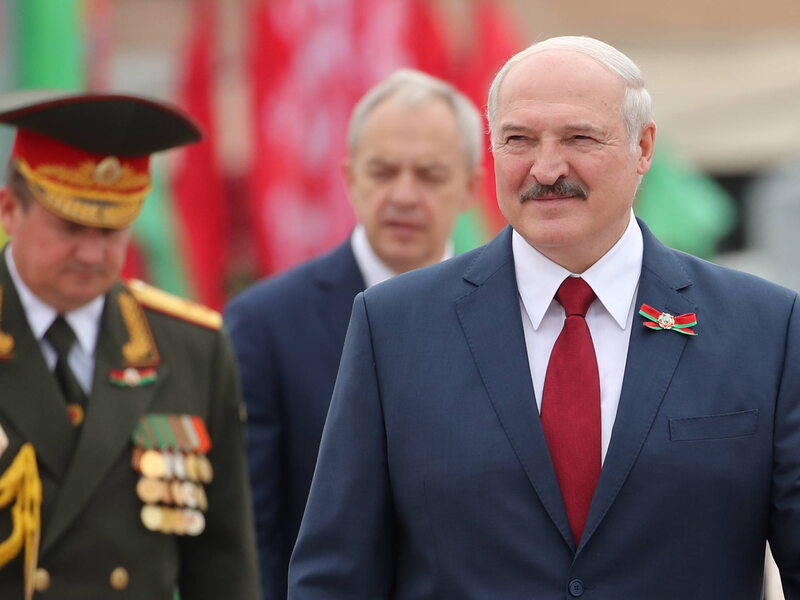
Father Adam Falkowski, a parish priest in Lida deacon Ischeno, was arrested by the tsarist authorities and sentenced to death for reading the manifesto of the national government from the pulpit in the Ischoln church. The execution took place on June 24, 1863 in Lida, at that time in the square outside the city, the so-called Today this place is located in the borders of Lida. In 1919, there were still people who remembered this tragic and bloody event.
F. Adam Falkowski died a martyr's death
On the website of the parish St. Andrew the Apostle in Wisk, where Fr. Adam Falkowski, written testimonies of eyewitnesses about the priest's torture were published. They said that late in the morning at 6, the priest Adam Falkowski arrived at the place of execution focused and read prayers from the breviary.
“Lyda was brought from the prison to where a pit had been dug and lime was prepared in a large barrel, the death warrant was read to her, then she was impaled and blindfolded. Then a volley from the Cossack guns. The priest was hanged as if he were already dead, then they untied him and threw the body without a coffin into a pit and covered it with lime. We read in the published testimonies of the witnesses of the priest's death.
The tsarist police removed the stones several times, but the local population marked the spot permanently with a four-sided line of stones. Over time, these stones sank and the tomb was no longer visible from the outside. But after Poland gained independence – in 1919, Fr. Falkovski cross was erected. The Christian symbol marking the grave of the martyred priest was destroyed by the communist Soviet authorities in 1940.
Lukashenko's regime removed the cross from the priest's grave
However, the memory of the priest killed by Russian executioners survived during the communist period and in the 1990s. In already independent Belarus, the community of Lida established a new cross on the priest's grave, which was placed in the city's culture and recreation park. . After Alexander Lukashenko came to Belarus, whose regime relies on the legacy of the USSR and the Russian Empire, tried to distort the memory of Belarusians about the January uprising, it was decided to remove the cross from the priest's grave again.
Only in 2010 was a compromise reached on the commemoration of Father Falkowski on his grave, and in 2011 members of the Polish Cultural Society of Lida Land unveiled a memorial stone with Polish and Belarusian inscriptions and the coat of arms of Poland. Lithuania and Russia from the period of the January Uprising – contains images of the white eagle, pogon and Archangel Michael on a three-part shield.
The chase from the coat of arms of the rebels is a symbol that has been used in Belarus since the time of the Grand Duchy of Lithuania and is currently being combated by the Lukashenko regime as a sign of opposition. It is possible that the Pogon symbol caused the action of “unknown criminals” who desecrated the hero's grave while fighting with the opposition symbol. January Uprising.
Also read:
Polish priests are firm
(translate tags)Belarus
